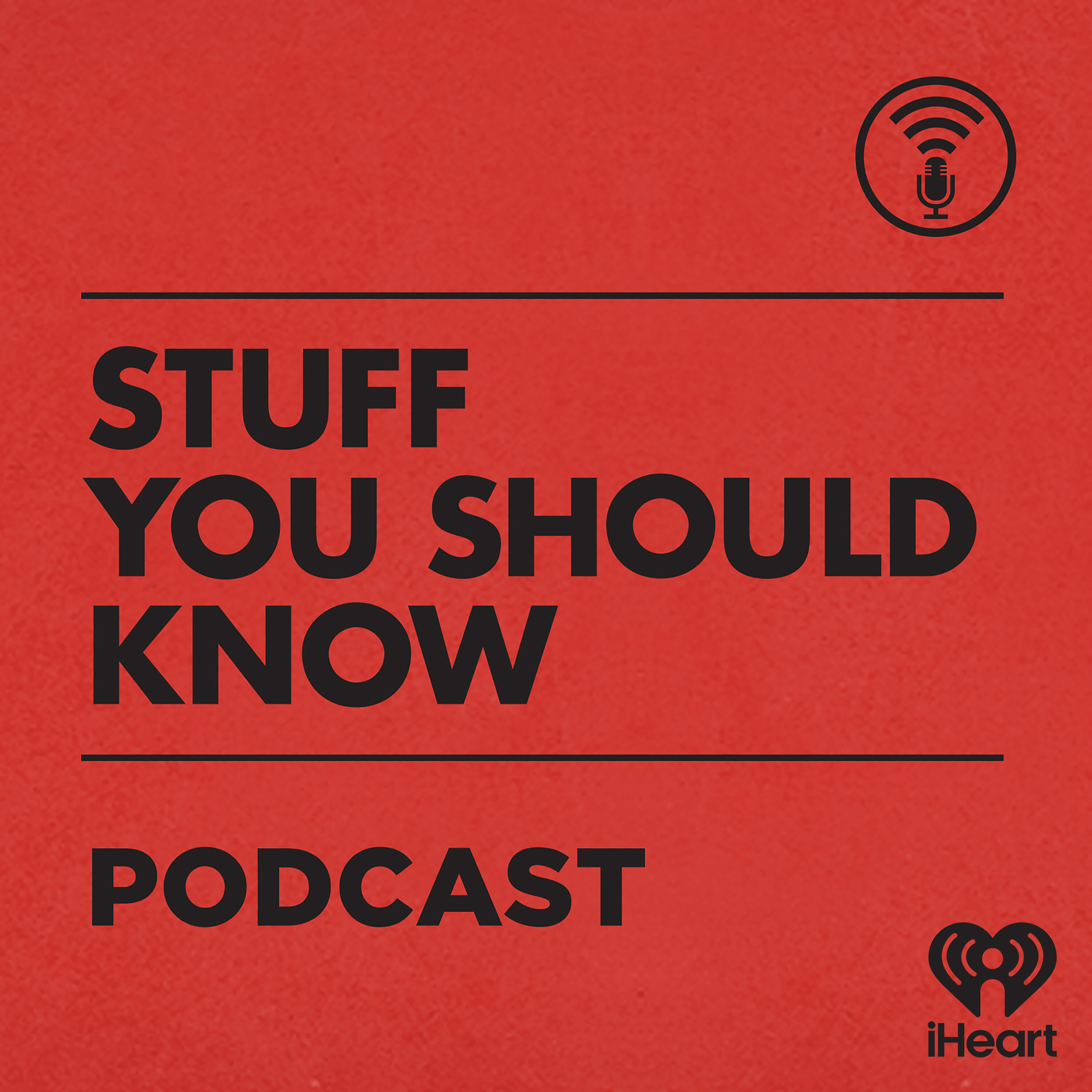Chapter

Reducing Noise Pollution
Plants can be used to reduce noise pollution by mixing shrubbery and trees together, and placing them close to the source of the noise. Separating a ship's engine from its hull makes it quieter, and using a perforated pipe around a pile driver can also dissipate noise.
Clips
Shrubbery and trees can reduce decibels of sound, particularly when planted close to roads or railways.
50:27 - 52:43 (02:16)
Summary
Shrubbery and trees can reduce decibels of sound, particularly when planted close to roads or railways. However, government regulations in Canada and the United States may not be effective in regulating noise levels in some industries.
ChapterReducing Noise Pollution
EpisodeNoise Pollution: Arrrgh!
PodcastStuff You Should Know
Separating the ship's engine from the hull and changing the propellers on the ships can significantly reduce the acoustic energy by 75% and six to eight decibels.
52:43 - 53:55 (01:12)
Summary
Separating the ship's engine from the hull and changing the propellers on the ships can significantly reduce the acoustic energy by 75% and six to eight decibels. It may cost a lot of money upfront with the retrofitting, about a hundred million dollars for 11 ships.
ChapterReducing Noise Pollution
EpisodeNoise Pollution: Arrrgh!
PodcastStuff You Should Know
Offshore wind farms contribute to underwater noise pollution, which can harm marine ecosystems.
53:55 - 56:10 (02:15)
Summary
Offshore wind farms contribute to underwater noise pollution, which can harm marine ecosystems. By using a perforated pipe around the pile driver, bubbles will be produced and will dissipate the noise. This simple solution can stabilize marine life and ecosystems.